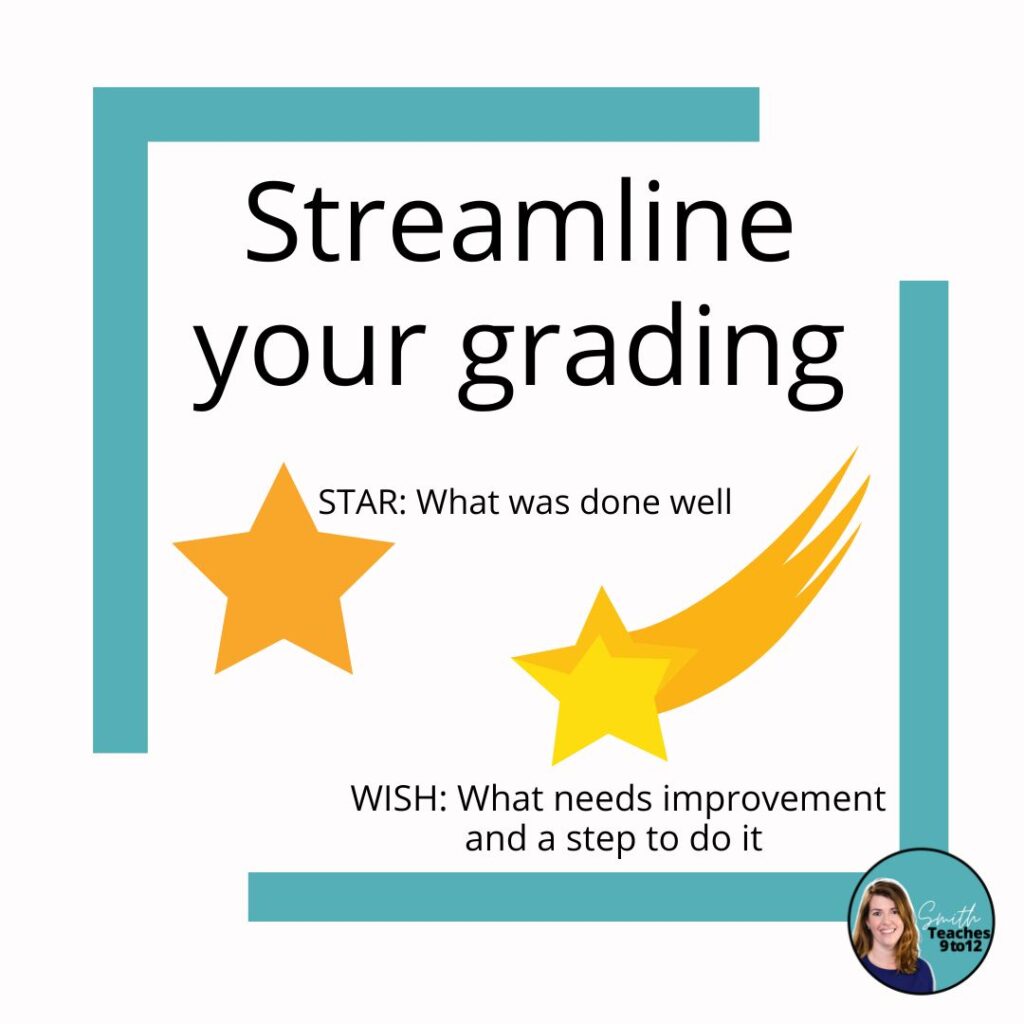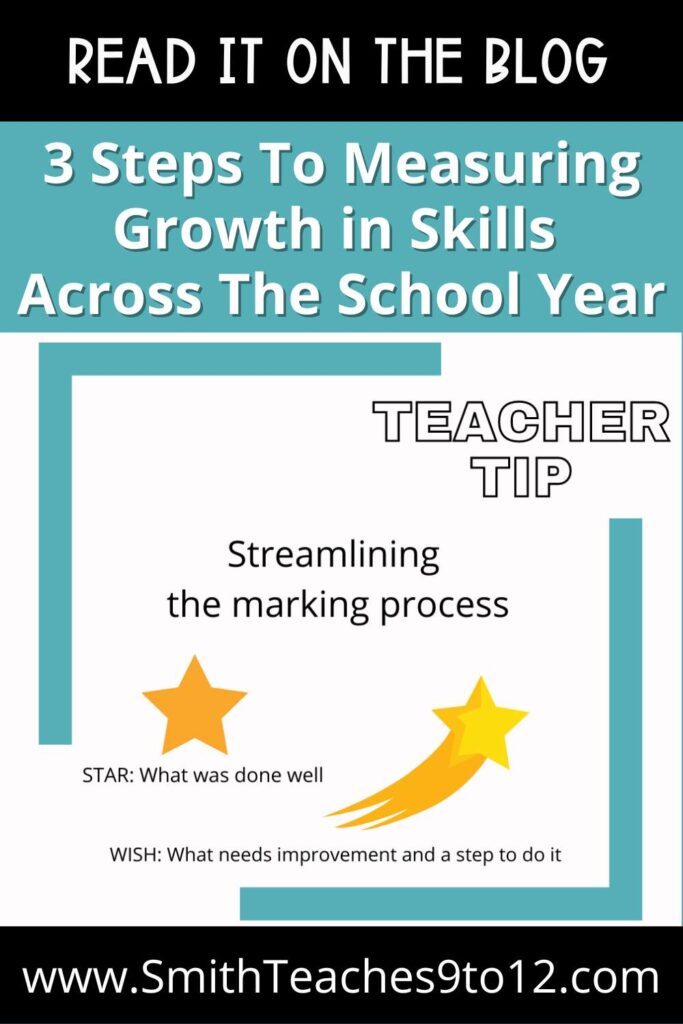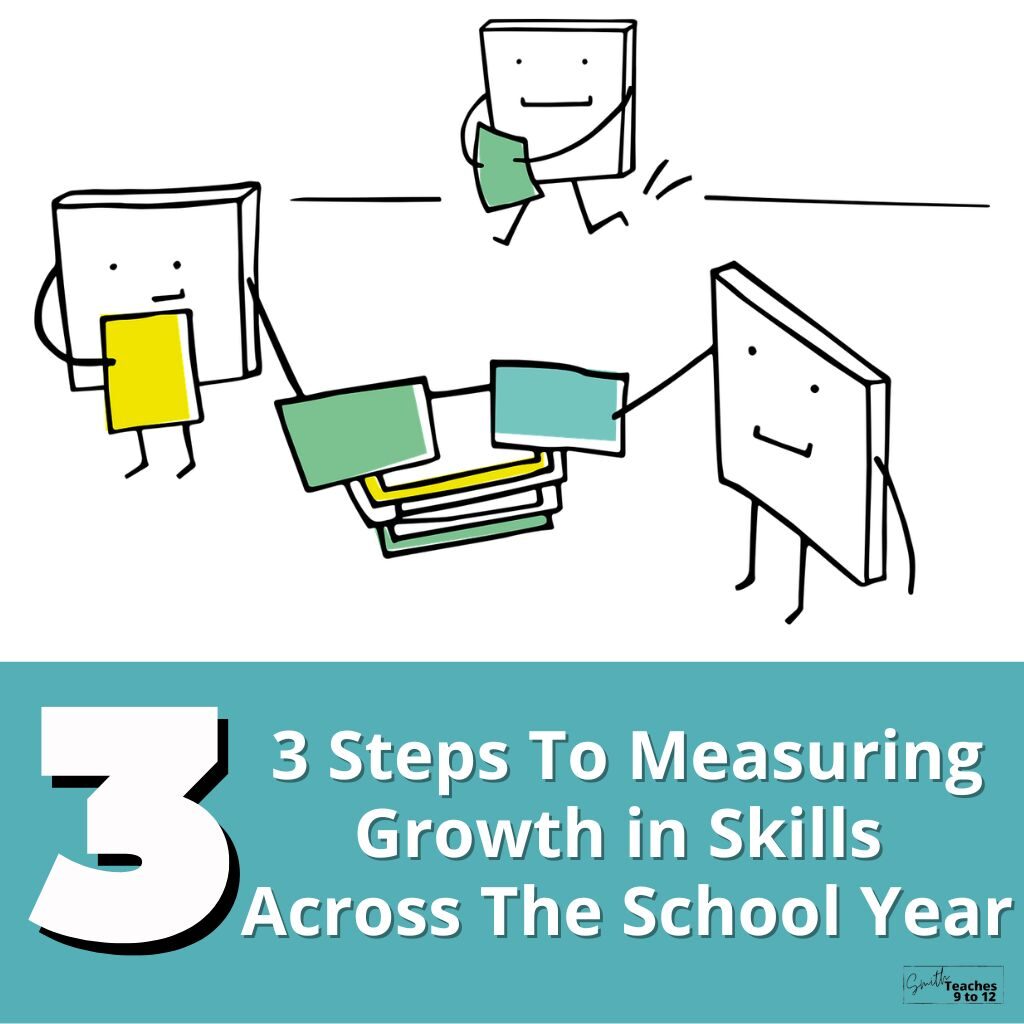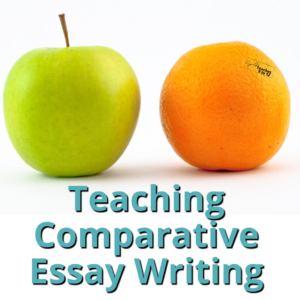Sharing is caring!
There is always discussion about the need for students to demonstrate their skills and their development of these skills when it comes to school work and life, generally. But how do we as teachers support student growth? In my classroom I use 3 steps to measure students’ skills across the school year. I’m always re-developing these plans and would love to hear what steps you take and how you support and check in with student’ skills across the school year! Please let me know in the comments!
1. Start with a diagnostic
A baseline of skills and understanding is necessary so that you (and students) may measure progress. This is most often done with a diagnostic assessment of some kind. I do this at the beginning of the year or course, or even at the start of a particular unit. It does not need to be terribly complicated; perhaps it’s a short quiz in a Google form or maybe an exercise in an online platform like IXL or Nearpod.
At the start of grade 9 English, students read a short story and respond to some comprehension questions (some that are clearly revealed in the story and some that require inferencing). Students also choose one prompt from a few options to write a paragraph response. I collect these to see where my students are as we start since these are skills we will focus on throughout the course. These responses provide a baseline for me and for students too. Students usually complete this digitally through the learning management system (LMS) that our school uses so I can see their copy but they retain theirs too to revisit in the future.
Check out this FREEBIE using “Eleven” by Sandra Cisneros. I do these stories with prompts throughout the year to reinforce skills and incorporate new stories, especially seasonal options. You can check out other stories including a no-prep an introductory lesson to inference skills in this bundle.
2. Provide multiple opportunities to assess skills
When do you assess students’ skills? Is it only at the end of a unit? I like to provide opportunities throughout a unit AND in a final task, if needed, for students to showcase their understanding and their growth with specific skills across a unit. What if students completed smaller tasks to show their skills (and growth) along the way in a unit? What if the process work was maybe worth more than the final product itself? Wouldn’t such things be a shift that demonstrates the priority of growth mindset in the classroom?

3. Provide clear, specific descriptive feedback
I don’t comment on everything every time for every assignment. Instead I pick moments where I can target feedback.
Maybe students are doing bell ringers and for a particular day you want them to focus on using active rather than passive voice. If that’s the case, I am clear with that expectation and then ONLY focus on that to review their work. I love the STAR & WISH system for feedback – here’s the star – the thing done well, and here’s the wish – the thing that needs improvement. And then provide clear ways students could improve: Is it reviewing the rules of a particular grammatical element or written form? Is it looking at mentor sentences? Revising their work? Practicing the skills with a particular application? (I use IXL in many of my classes so I can assign an exercise for students to practice based on the wish feedback.)


Related articles:
5 Ways You Can Bring Self Assessment By Students Into Your Lessons from A Better Way to Teach
Rethinking Marking from Oxford Education Blog




